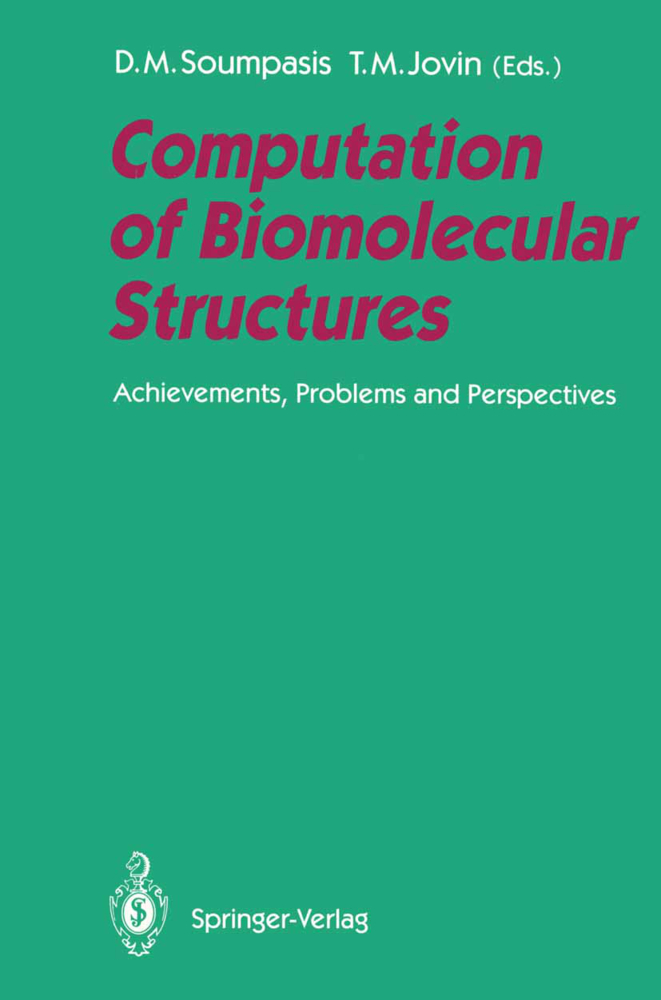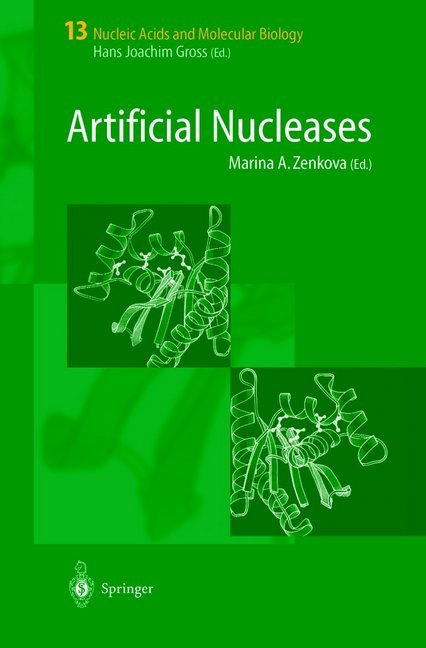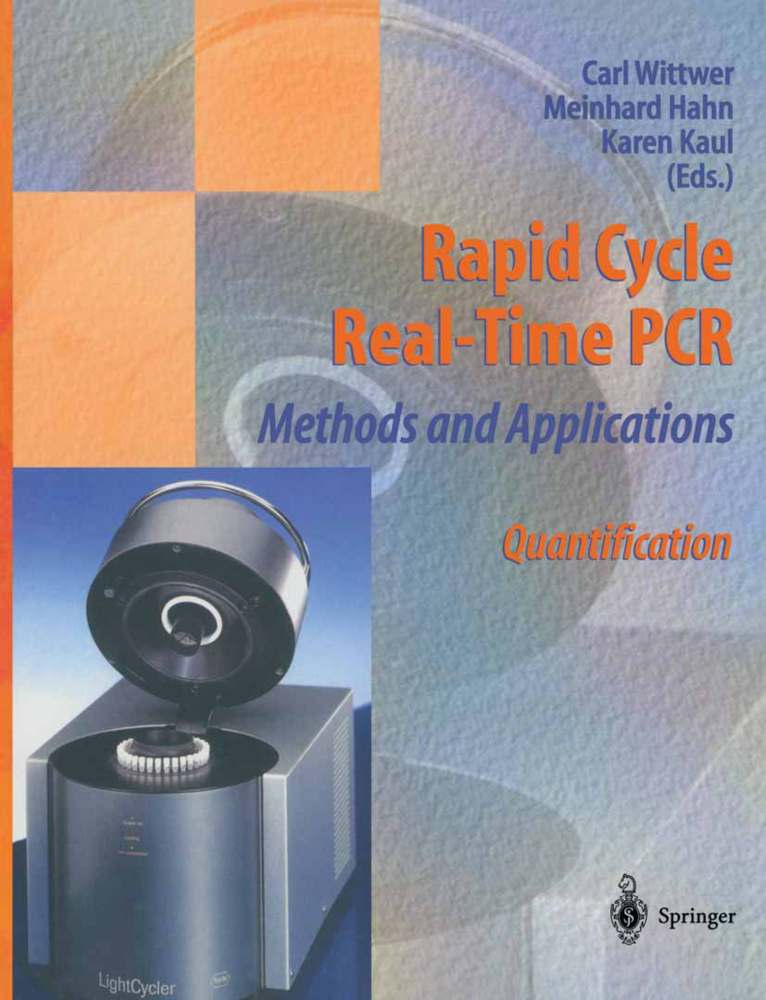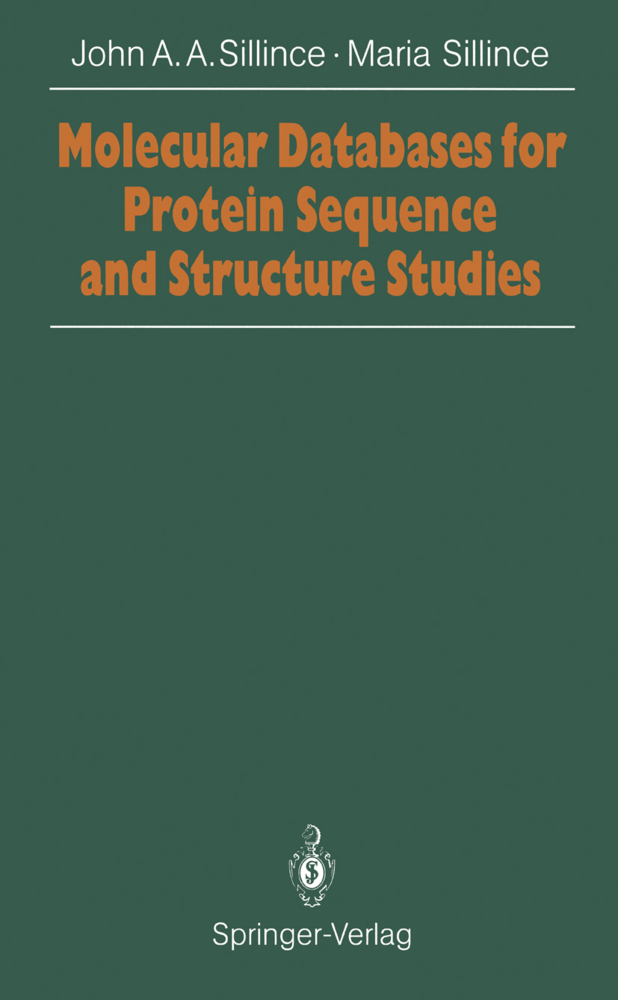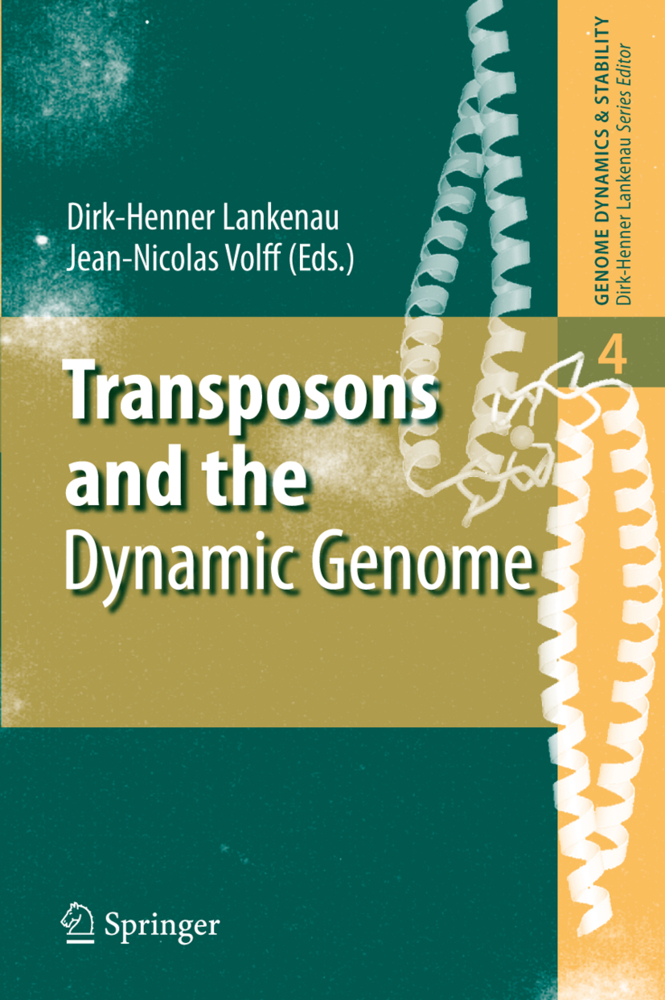Computation of Biomolecular Structures
Achievements, Problems, and Perspectives
Computation of Biomolecular Structures
Achievements, Problems, and Perspectives
Computational techniques have become an indispensable part of Molecular Biology, Biochemistry, and Molecular Design. In conjunction with refined experimental methods and powerful hardware, they enable us to analyze and visualize biomolecular structures, simulate their motions and to a variable degree understand their physicochemical properties and function. In addition, they provide essentially the only way to analyze and correlate the astronomical amounts of experimental sequence and structural data accumulating in international databases. We have good reasons to believe that further advances in this area will eventually enable us to predict with sufficient accuracy many structural and functional properties of fairly large biomolecules, given their sequence and specified environmental conditions. However, it is also important to realize that in achieving this goal, we encounter several serious problems of conceptual and methodological nature, the solution of which requires new approaches and algorithms. For example, we need better force fields, more efficient optimization routines, an adequate description of electrostatics and hydration, reliable methods to compute free energies, and ways to extent the length of molecular dynamics simulations by several orders of magnitude.
From Sequence Similarity to Structural Homology of Proteins
Equilibrium Distribution of Secondary Structures for Large RNA
Doing sequence analysis by inspecting the order in which neural networks learn
Computational Approaches to Nucleic Acid Structure
A New Program for the Analysis of Nucleic Acid Structure: Implications for Nucleic Acid Structure Interpretation
Modeling DNA Backbone Structures
Specific Systems
Serine and Cysteine Proteases and their Natural Inhibitors: Structures and Implications for Function and Drug Design
Principles of Protein - Protein Recognition in Protease-Inhibitor and Antigen-Antibody Complexes
Subtleties in Designing DNA Sequence Specific Ligands
The Structure of DNA Four-Way Junctions
Physical Chemistry and Dynamics
Rapid Conformational Investigations of Organic Molecules
Dynamics of DNA Oligomers: Harmonic and Anharmonic Motions
Surface Boundary Conditions: A Simulation Model for Macromolecules
Computation of Ionic Distributions around Charged Biomolecular Structures using the PMF Approach
Formal Aspects of the Potential of Mean Force Approach
List of Contributors.
Structure Analysis and Prediction
Structure Determination from NMR - Application to CrambinFrom Sequence Similarity to Structural Homology of Proteins
Equilibrium Distribution of Secondary Structures for Large RNA
Doing sequence analysis by inspecting the order in which neural networks learn
Computational Approaches to Nucleic Acid Structure
A New Program for the Analysis of Nucleic Acid Structure: Implications for Nucleic Acid Structure Interpretation
Modeling DNA Backbone Structures
Specific Systems
Serine and Cysteine Proteases and their Natural Inhibitors: Structures and Implications for Function and Drug Design
Principles of Protein - Protein Recognition in Protease-Inhibitor and Antigen-Antibody Complexes
Subtleties in Designing DNA Sequence Specific Ligands
The Structure of DNA Four-Way Junctions
Physical Chemistry and Dynamics
Rapid Conformational Investigations of Organic Molecules
Dynamics of DNA Oligomers: Harmonic and Anharmonic Motions
Surface Boundary Conditions: A Simulation Model for Macromolecules
Computation of Ionic Distributions around Charged Biomolecular Structures using the PMF Approach
Formal Aspects of the Potential of Mean Force Approach
List of Contributors.
Soumpasis, Dikeos M.
Jovin, Thomas M.
| ISBN | 978-3-642-77800-1 |
|---|---|
| Artikelnummer | 9783642778001 |
| Medientyp | Buch |
| Auflage | Softcover reprint of the original 1st ed. 1993 |
| Copyrightjahr | 2011 |
| Verlag | Springer, Berlin |
| Umfang | XIV, 223 Seiten |
| Abbildungen | XIV, 223 p. |
| Sprache | Englisch |

